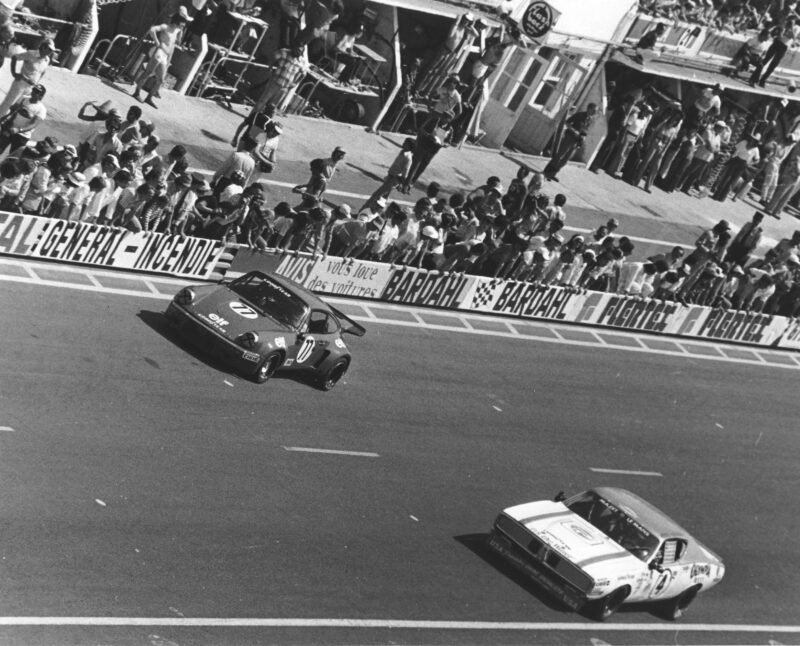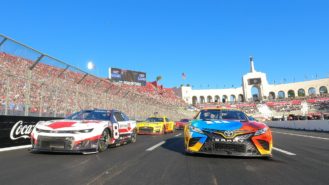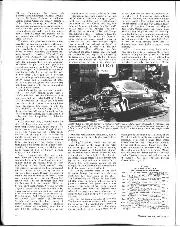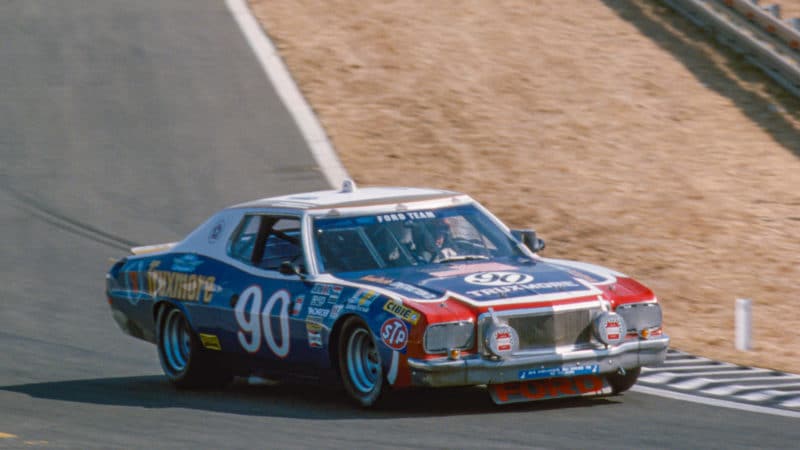As detailed by Tim Considine in his book, Twice around the clock: The Yanks at Le Mans, the Torino featured a cigarette lighter in the horn button on the car, which Brooks, driving with Dick Hutcherson and Marcel Mignot, was happily making use of.
Amid the sleek Mirage GR8, Alpine Renault A442 and Porsche 936 prototypes, it was no wonder the blocky, raucous stock cars were dubbed Les Deux Monstres by wide-eyed fans.
It’s a scene set to be repeated next year, when spectators should see a next-gen Chevrolet Camaro thundering down the Mulsanne Straight. NASCAR has announced that it will return to the race for the first time in over 45 years, as part of Le Mans’ centenary celebrations.
Le Mans organisers, the ACO, describes NASCAR’s previous participation in the ‘76 race as a celebration of the bicentenary of America’s Declaration of Independence.
“Two cars from the NASCAR Winston Cup came to La Sarthe to salute this great time in history,” says the ACO.
“It was about the mutual Franco-American history during the Revolutionary War and the fascination American competitors have always had with the 24 Hours of Le Mans.”

Hershel and Doug McGriff Dodge Charger alongside Porsche 911 at Le Mans in 1976
ISC via Getty Images
The reality appears to be a bit cloudier: the Grand International class was created following talks with NASCAR boss Bill France Jr, and it came at a time of reducing entries and spectator interest, partly due to the fuel crisis, where additional cars and publicity were particularly welcome.
Not that the 5.5-litre Dodge and 7-litre Torino had anything to teach about fuel economy.
“They had the idea they wouldn’t find anything to eat in France. They were afraid they only ate snails and stuff”
That year’s Le Mans race clashed with a NASCAR meet at Riverside, so France, who also wanted to see stock cars at Le Mans, persuaded two of the smaller teams to send entries. Herschel McGriff, driving with his son Doug, sent the Charger and Junie Donlavey sent one of his Torinos.
The Dodge hit trouble early on in practice: its Hemi V8 protesting at the lower-octane European fuel and destroying pistons.




